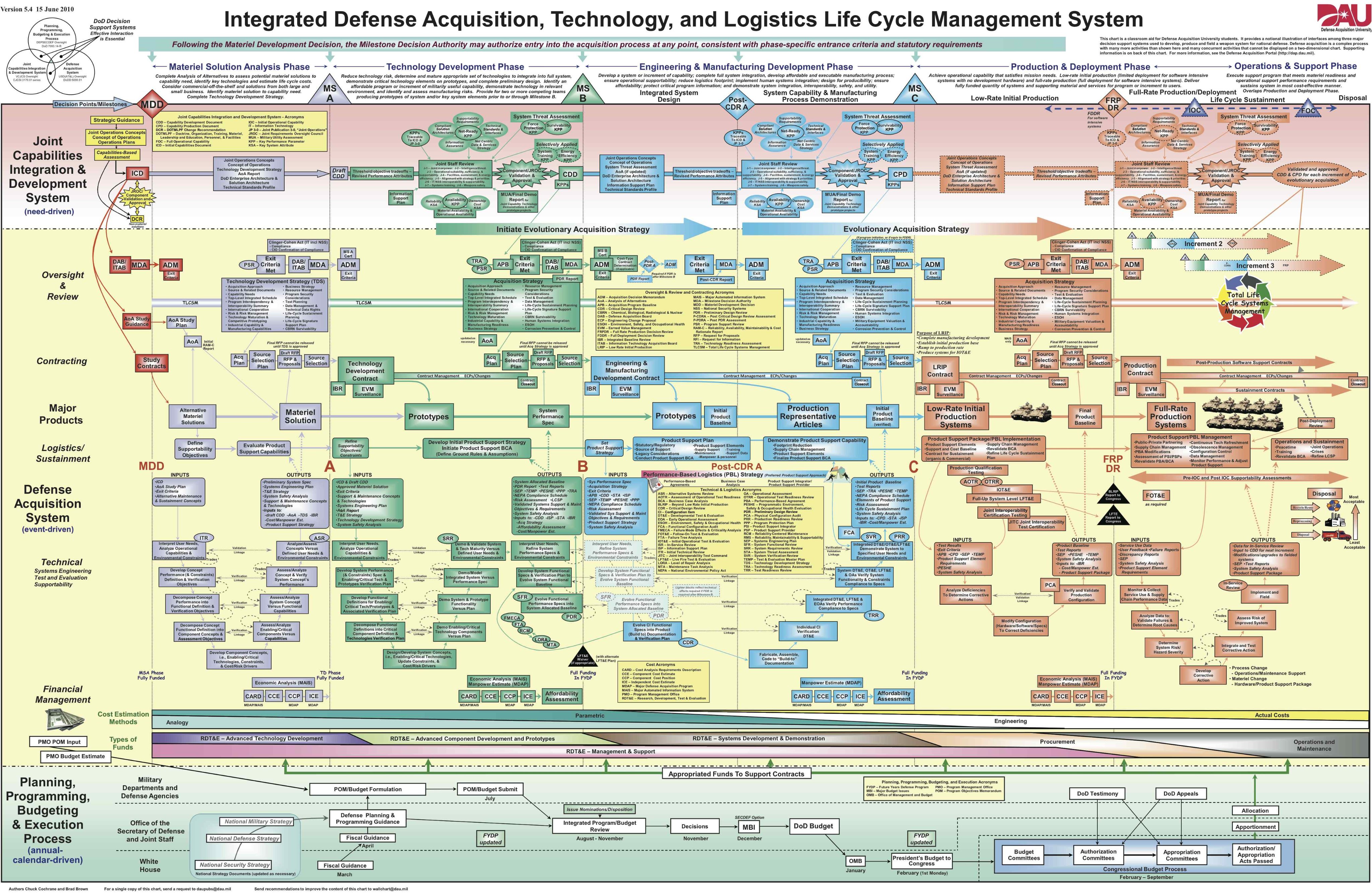
Process. Or, "A notional illustration of interfaces among three major decision support systems used to develop, produce, and field a weapon system for national defense."
There’s just been a production outage, a new project has been announced, a security vulnerability has been discovered, a team is nearing the end of a retrospective, a post incident review is being run, a meeting is wrapping up. There’s a call around the room for action items to ensure either: 100% certainty of the good thing succeeding, or 100% certainty that the bad thing will never happen again.
Most software systems are complex sociotechnical systems. Changing the ‘socio’ can often be seen as a more acceptable option than changing the technical.
Instead of fixing the memory leak, system operators will be trained to detect and remediate the leak. Instead of investing in automated tests and safe deployment methods, managers will be required to approve all changes before they go to production.
Fixing the underlying technical issue gives engineers the opportunity to simplify the system. Changing (or more likely attempting to change) the way people operate the system introduces more complexity on top of not fixing the underlying causes.

Not enough Process. Need more Process.
–
Further reading:
- Bureaucrat Mode – The road to hell is paved via collaboration, consensus, inclusiveness, stability. Andrew Chen.
- Bureaucracy – Understanding how actions taken with the best of intentions can put your organization in a straightjacket. Dhruv Methi.
When you treat every negative outcome as a system failure, the answer is more systems. This is the cost of a blameless culture. There are places where that’s the right answer, especially where a skilled operator is required to operate in an environment beyond their control and deal with emergent problems in short order. Aviation, surgery. Different situations where the cost of failure is lower can afford to operate without the cost of bureaucratic compliance, but often they don’t even nudge the slider towards personal responsibility and it stays at “fully blameless.” – sevensor
–
The first image is published by the Defence Acquisition University (DAU). DAU is “a corporate university of the United States Department of Defense offering acquisition, technology, and logistics (AT&L) training to military and Federal civilian staff and Federal contractors” with an annual budget of $220 million USD.
In browsing the DAU website I came across Life Cycle Logistics—Key Tenets of Back-to-Basics in it, a new-to-me phrase "… [we shall do our work] at the speed of relevance".